10 Food and Beverage Trends to Try in 2025
The food and beverage industry is constantly evolving, shaped by changing consumer preferences, technological advancements, and a growing focus on sustainability. By 2025, the way we eat and drink will look vastly different from today. From plant-based innovations to tech-driven dining experiences, the future of food is exciting, diverse, and full of surprises. Let’s explore the top 10 food and beverage trends you’ll want to try in 2025.
Table of Contents
1. Plant-Based Revolution
The Rise of Plant-Based Diets
Plant-based eating is no longer a niche trend—it’s a global movement. By 2025, expect to see even more creative and delicious plant-based alternatives to meat, dairy, and seafood. Brands like Beyond Meat and Impossible Foods are already leading the charge, but new players are entering the market with innovative products like plant-based shrimp, egg substitutes, and even vegan cheese that melts like the real thing.
Environmental and Health Benefits
Why are so many people switching to plant-based diets? The reasons are twofold: health and sustainability. Studies show that plant-based diets can reduce the risk of chronic diseases like heart disease and diabetes. Plus, they have a significantly lower environmental footprint compared to animal agriculture. By 2025, consumers will be even more aware of these benefits, driving demand for plant-based options.
2. Functional Beverages
What Are Functional Beverages?
Functional beverages are drinks designed to do more than just quench your thirst. They’re packed with ingredients that offer specific health benefits, like boosting energy, improving digestion, or enhancing mental clarity. Think kombucha, collagen-infused water, or drinks with adaptogens like ashwagandha.
Top Functional Beverages to Try in 2025
In 2025, expect to see a surge in beverages targeting niche health needs. For example, drinks formulated to support gut health, improve sleep quality, or even enhance athletic performance will dominate the market. Keep an eye out for innovative ingredients like nootropics (brain-boosting compounds) and plant-based proteins.
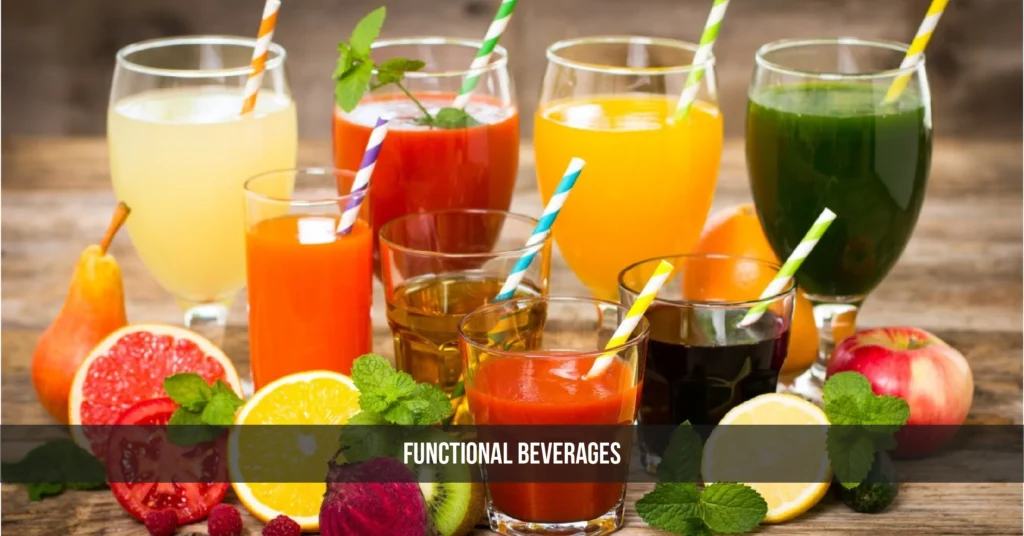
3. Sustainable Eating
The Push for Sustainability
Sustainability isn’t just a buzzword—it’s a necessity. By 2025, consumers will prioritize brands that align with their values, especially when it comes to reducing food waste and minimizing environmental impact. Trends like zero-waste cooking, where every part of an ingredient is used, will gain traction.
Eco-Friendly Packaging
Packaging is a major focus in the sustainability movement. Brands are experimenting with biodegradable materials, reusable containers, and even edible packaging. Imagine sipping your smoothie through a compostable straw or eating a snack wrapped in seaweed-based film. These innovations will become mainstream by 2025.
4. Personalized Nutrition
The Role of Technology in Personalized Diets
Technology is transforming the way we eat. Apps and devices that track your nutritional intake, combined with AI-driven insights, are making it easier than ever to follow a diet tailored to your unique needs. By 2025, personalized nutrition will be more accessible, with meal plans and supplements designed specifically for your body.
Customized Meal Plans and Supplements
DNA-based diets are on the rise, offering personalized recommendations based on your genetic makeup. Companies like Habit and Nutrigenomix are already paving the way, but by 2025, expect to see more affordable and user-friendly options. Imagine receiving a box of meals perfectly suited to your nutritional requirements—sounds like the future, right?
5. Alternative Proteins
Beyond Plant-Based: Lab-Grown and Insect Proteins
While plant-based proteins are booming, they’re not the only alternative on the horizon. Lab-grown meat, also known as cultured meat, is making waves for its potential to provide real meat without the environmental toll. Similarly, insect-based proteins are gaining attention for their high nutritional value and low environmental impact.
Consumer Acceptance and Challenges
The biggest hurdle for these alternatives is consumer acceptance. Will people be willing to eat lab-grown steak or cricket flour? By 2025, education and marketing efforts will play a key role in shifting perceptions. As these products become more affordable and accessible, they could revolutionize the protein market.
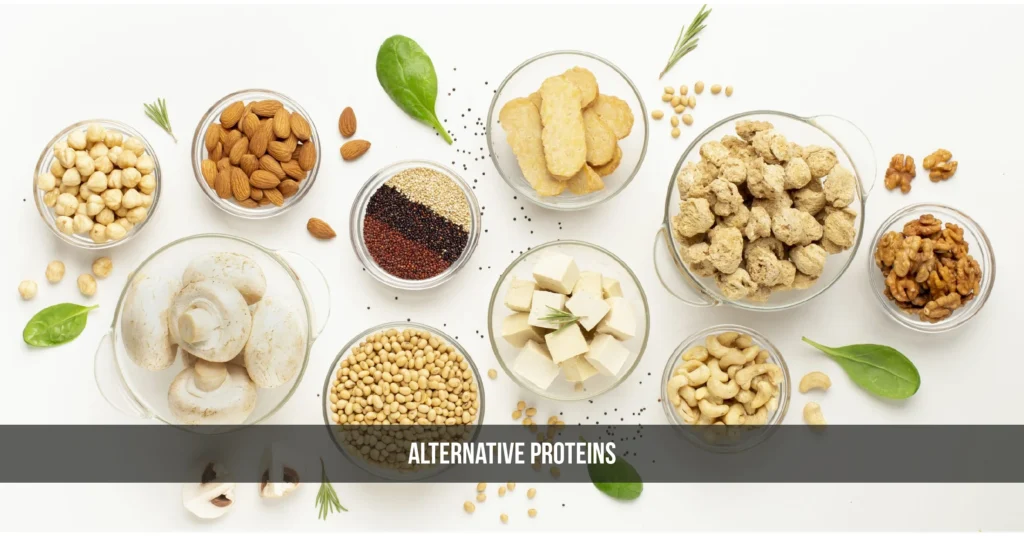
6. Global Flavors and Fusion Cuisine
Exploring International Cuisines
Our taste buds are becoming more adventurous, and by 2025, global flavors will dominate the culinary scene. Think bold spices from North Africa, tangy flavors from Southeast Asia, and hearty dishes from Eastern Europe. Restaurants and food brands will continue to explore these rich culinary traditions.
Fusion Food Trends
Fusion cuisine, which blends elements from different culinary traditions, is also on the rise. Imagine Korean tacos, sushi burritos, or Indian-inspired pizza. These creative combinations will keep our palates excited and introduce us to new flavor profiles.
7. Tech-Driven Dining Experiences
Virtual Restaurants and Food Delivery Innovations
The pandemic accelerated the growth of virtual restaurants—kitchens that operate solely for delivery. By 2025, this trend will evolve further, with AI-powered platforms predicting what customers want before they even order. Food delivery apps will also become more efficient, using drones and autonomous vehicles to get your meal to you faster.
AI and Robotics in Food Preparation
Robots in the kitchen? It’s not as far-fetched as it sounds. AI-driven machines are already being used to prepare meals, from flipping burgers to assembling salads. By 2025, these technologies will become more sophisticated, offering consistent quality and reducing labor costs for restaurants.
8. Health-Conscious Eating
Focus on Gut Health
Gut health is a hot topic, and for good reason. A healthy gut is linked to better digestion, improved immunity, and even mental well-being. By 2025, expect to see more foods and beverages designed to support gut health, like probiotic-rich yogurts, fermented vegetables, and prebiotic snacks.
Low-sugar and Low-Carb Diets
Sugar is out, and low-carb options are in. Consumers are increasingly seeking alternatives to traditional sugary snacks and drinks. Brands are responding with products sweetened with natural alternatives like stevia, monk fruit, and allulose. Keto-friendly snacks and desserts will also remain popular.
9. Fermented Foods and Drinks
The Comeback of Fermentation
Fermentation is one of the oldest food preservation methods, but it’s making a modern comeback. Foods like kimchi, sauerkraut, and kefir are prized for their probiotic benefits and unique flavors. By 2025, fermentation will be a staple in many households.
Popular Fermented Products in 2025
Look out for new fermented products hitting the shelves, like fermented hot sauces, probiotic sodas, and even fermented desserts. These items offer a tangy, complex flavor profile that’s hard to resist.

10. Food as Medicine
The Intersection of Food and Health
The idea of using food to prevent and treat illnesses is gaining traction. By 2025, more people will turn to functional foods and medicinal herbs to support their health. Think turmeric for inflammation, ginger for digestion, and adaptogens for stress relief.
Key Ingredients to Watch
Superfoods like moringa, spirulina, and matcha will continue to rise in popularity. These nutrient-dense ingredients can be easily incorporated into smoothies, snacks, and meals, making it simple to eat your way to better health.
Conclusion
The food and beverage industry is on the brink of a transformative era. By 2025, we’ll see a blend of innovation, sustainability, and health-conscious choices shaping the way we eat and drink. From plant-based alternatives to tech-driven dining experiences, these trends are not just about what’s on our plates—they’re about creating a better future for our planet and ourselves.
As you explore these trends, remember that food is more than just fuel—it’s a way to connect, innovate, and thrive. Which of these trends are you most excited to try? Share your thoughts and let’s continue the conversation about the future of food!
Also Read: Trending Thanksgiving Side Dishes to Try in 2025
FAQs
What are the top food trends to watch in 2025?
The top food trends for 2025 include plant-based diets, functional beverages, sustainable eating, personalized nutrition, and alternative proteins like lab-grown meat and insect-based foods. These trends reflect a growing focus on health, sustainability, and innovation.
How will sustainability shape the food and beverage industry in 2025?
Sustainability will play a huge role in shaping the industry. Consumers are increasingly demanding eco-friendly practices, from zero-waste cooking to biodegradable packaging. Brands that prioritize sustainability will have a competitive edge.
What are the best functional beverages to try in 2025?
Functional beverages like probiotic drinks, energy-boosting elixirs, and sleep aids will dominate the market. Look for ingredients like adaptogens, nootropics, and plant-based proteins to support your health goals.
How is technology influencing food trends in 2025?
Technology is revolutionizing the way we eat, from AI-powered personalized nutrition to robotic kitchens. Virtual restaurants and advanced food delivery systems are also changing how we access and enjoy food.
What are the healthiest food options for 2025?
The healthiest options will focus on whole, nutrient-dense foods like plant-based proteins, fermented foods, and superfoods. Low-sugar and low-carb diets will also remain popular for those looking to improve their health.
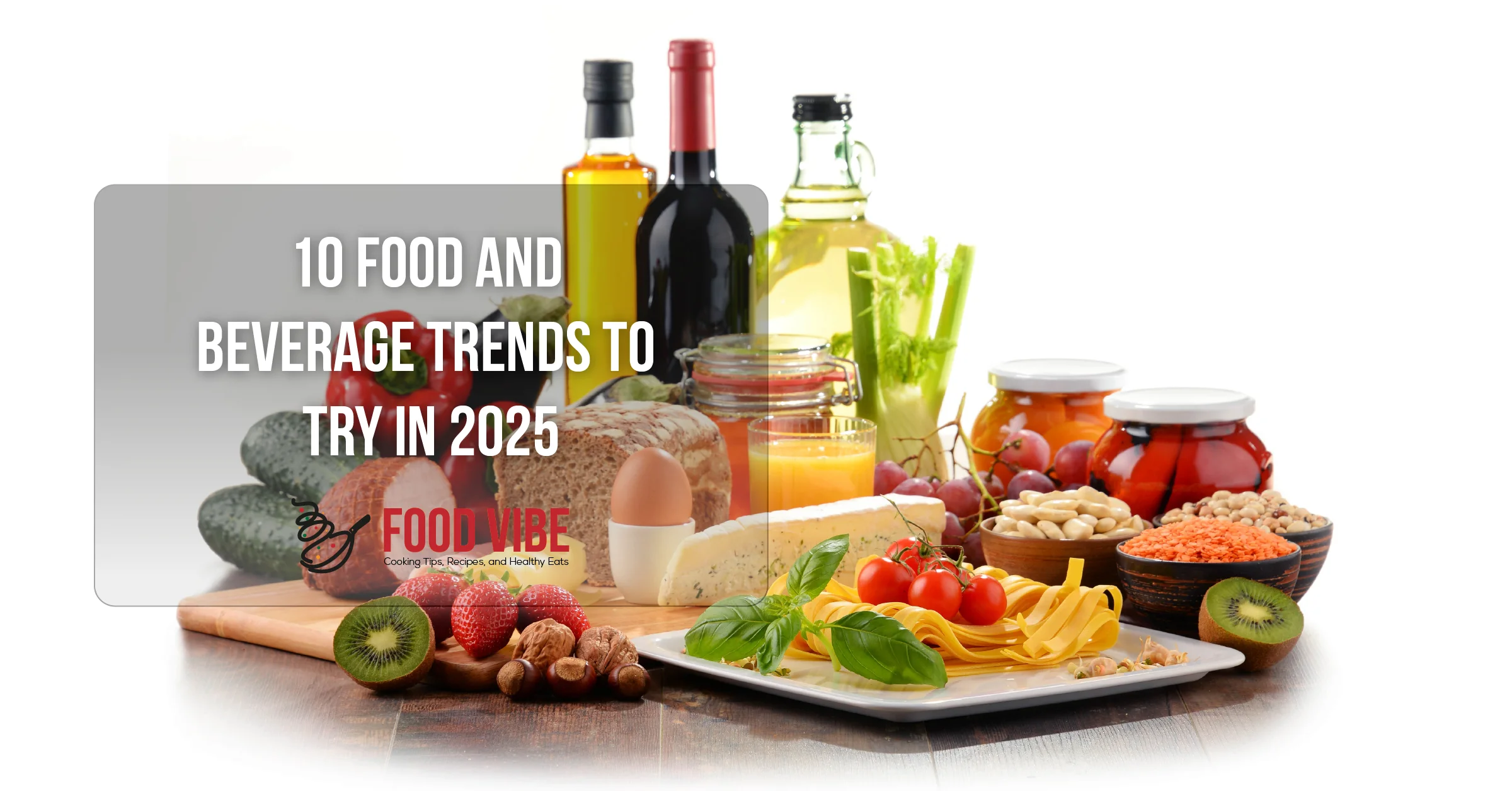

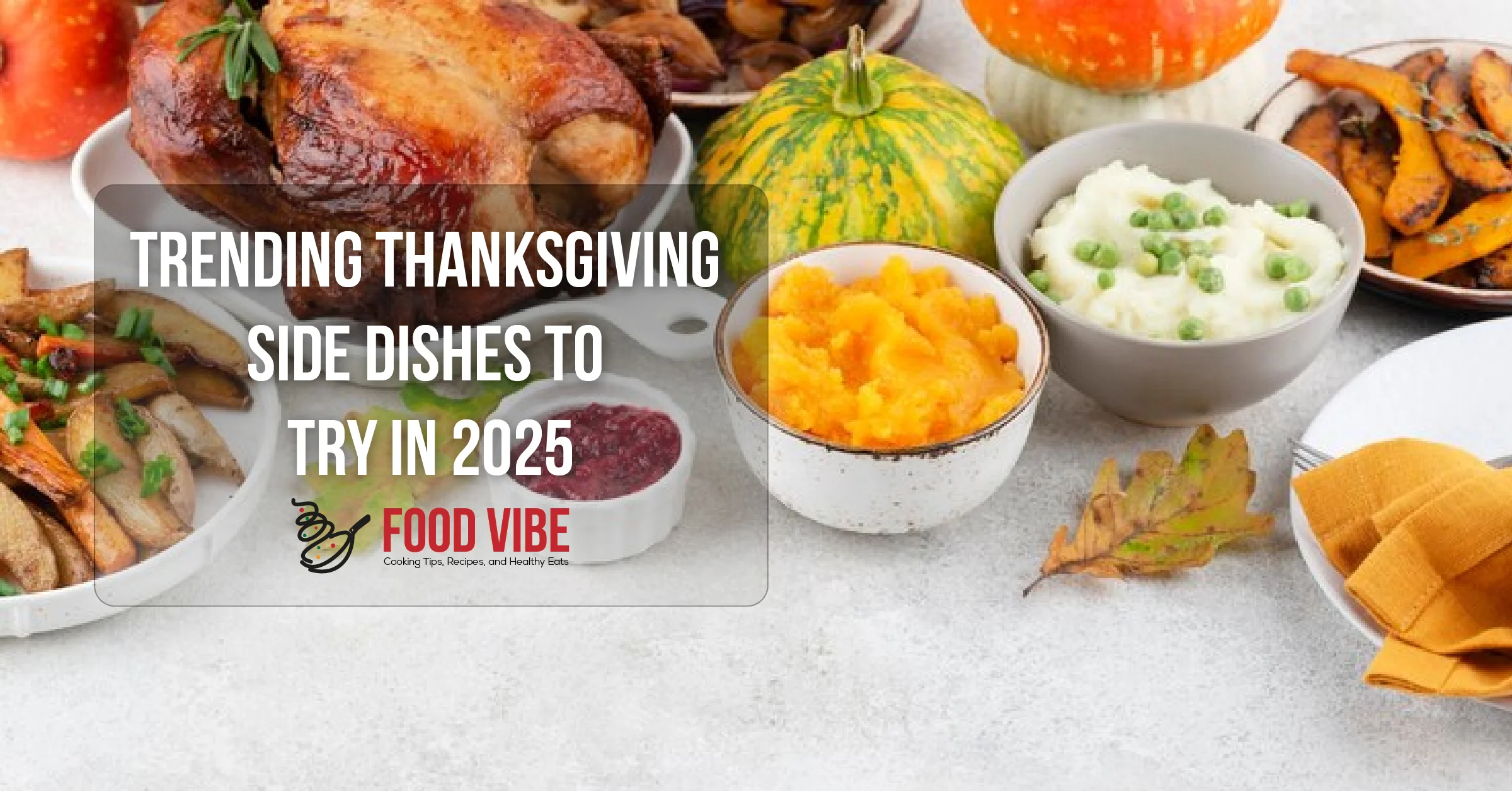




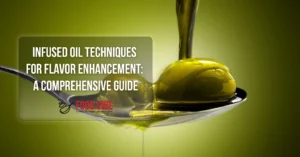





Post Comment